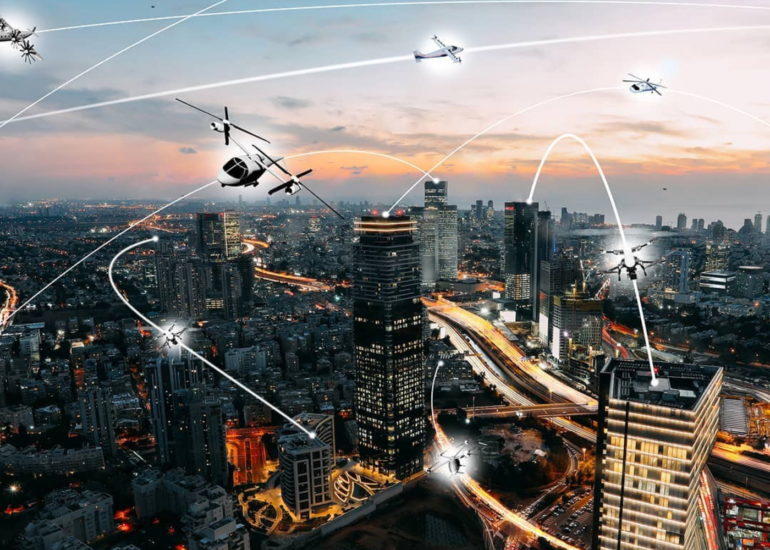A Few Good Men – and a Fleet of eVTOLs

The US Marine Corps is adopting a Jetsons-style approach to warfare.
Often, it’s the military that leads technological innovation. The World Wide Web we know today as the Internet originated with the US Military’s Advanced Research Projects Agency Network (ARPANET). It sent its first message in 1983.
Sometimes, it works the other way around. Such is the case with eVTOLs, both manned and unmanned. Speaking to a group of defense, aviation, and eVTOL journalists, Carmine Borrelli, deputy of the Logistics Innovation Office, which supports the US Marine Corps Fighting Lab, outlined how the Marine Corps, the Army, and the Air Force (through its Agility Prime initiative) are working together to determine how the US Military can best use unmanned first, and then manned eVTOLs (flying cars) to support the nation’s defensive and offensive capabilities during war-time scenarios.
The focus is on getting trucks off the roads, developing unmanned lift use cases, analysis capabilities, and flying aircraft, such as hoverbikes, to deliver small packages. Together the USMC (which is spending US$100MM plus an additional US$18MM in Congressional funding) and the Army Research Lab are sorting out where, and how, the capabilities of these vehicles are best used.
Thus far, they are looking at reducing risk to manned footprints, reducing stockpiles through iterative development of this technology capitalizing on a previous Office of Naval Research program that developed an Autonomous Aerial Cargo Utility System (AACUS) to support diversified distribution efforts and other cost-effective redundant resupply options.
They are taking a “walk, crawl, run” approach starting with smaller packages (100-150 lbs.) over short distances (20 km), then 300-500 lbs. payloads over 35-75 km, and eventually 2,000-6,000 lbs. payloads. Operational timelines for the smaller payloads are 2023, 2026 for the medium loads, and 2030 for the largest payloads.
If successful, the military will order hundreds to thousands of these aircraft for deployment. Other considerations are where charging stations will or can be located, whether on the vehicles themselves, on the ground, or in the air.


